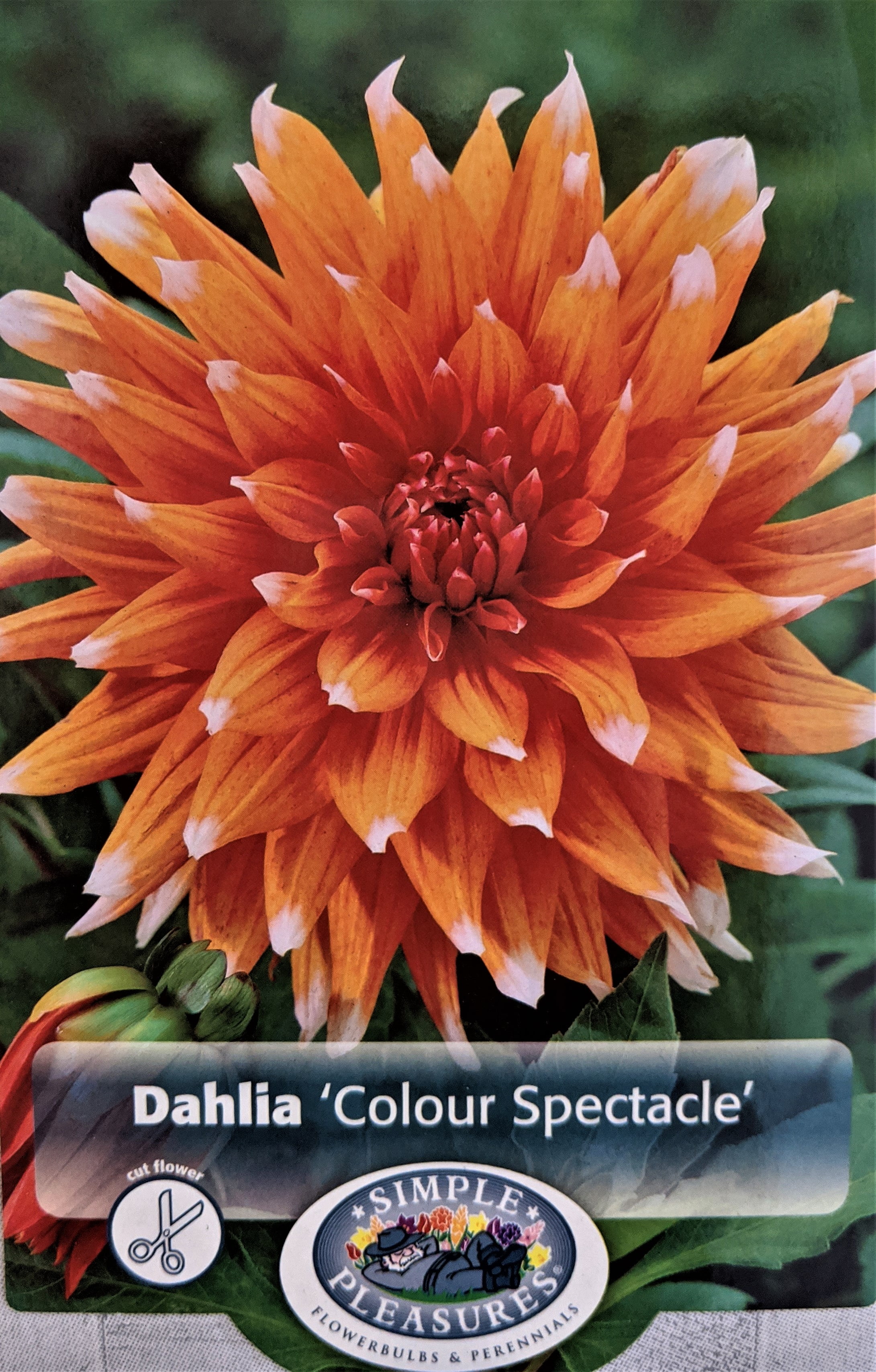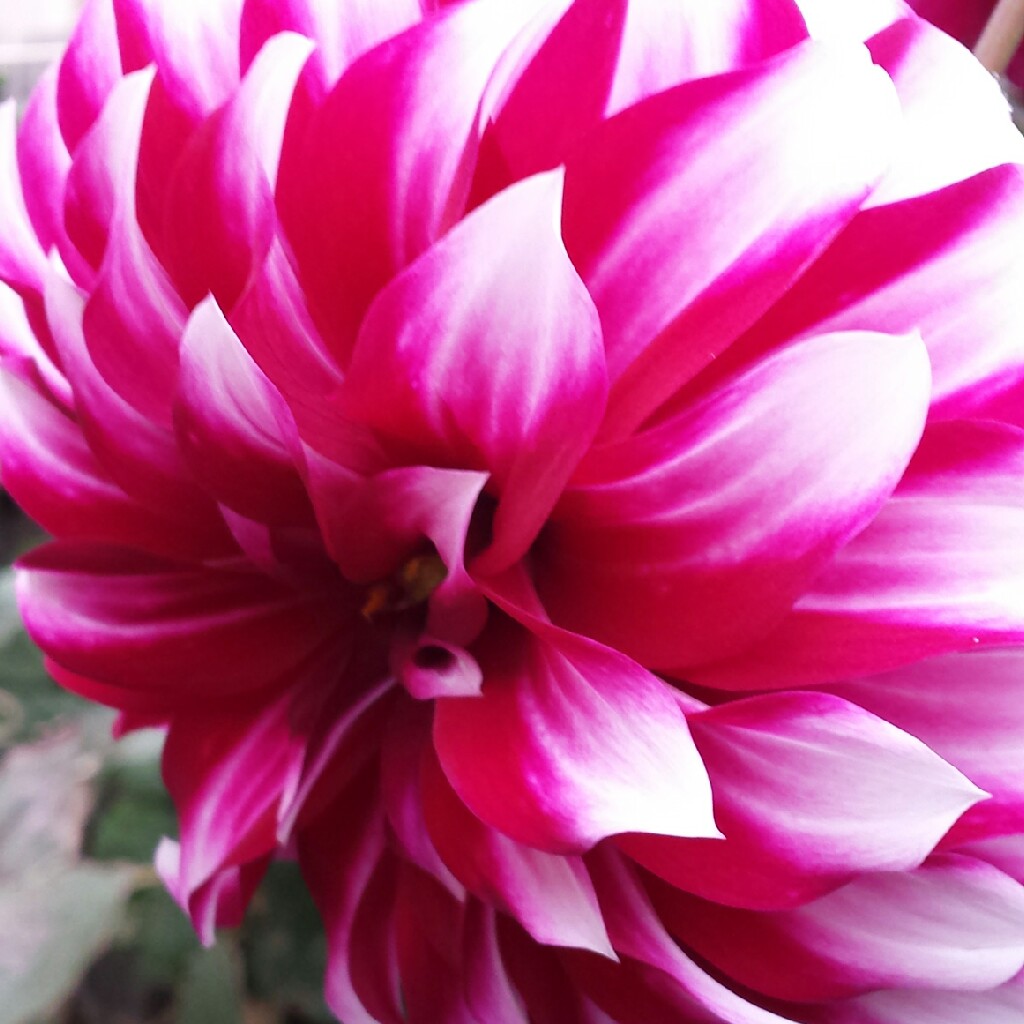

Potassium and Phosporous encourage bud growth and flowering. Look for a fertilizer that is high in potassium (K) and phosphorus (P) but low in nitrogen (N). Water slowly and deeply to give the soil a thorough soak. When watering, keep water near the soil surface, and avoid getting leaves wet to help prevent diseases. If you’re experiencing regular rainfall, you may not need to water if your soil is not drying out. As the plant starts to grow and temperatures increase with the start of summer, you may need to water more often. Once you see top growth, water as needed when soil has dried out. Water thoroughly about once per week until Dahlias sprout.

It’s best to let the soil dry out between watering, as soggy soil can easily cause tubers to rot (remember - that’s why good soil preparation is so important). We recommend less frequent, but deep watering. Avoid overwatering, as soggy soil can lead to rotting tubers. Water regularly, and try to keep your foliage dry. When planting in spring, and depending on your climate, they can be variable.Ĭontinue reading for growth & care throughout the season!ĭahlias grow quickly, producing bush plants and flowering in the first season. Dahlias will sprout faster when the soil and surrounding climate are warmer, and they can be delayed or take longer when soil and weather are remaining cool.
Generally about 3 weeks - but it can take longer depending on the weather. Until they sprout, Dahlia tubers don’t need much water. Once planted, give tubers a thorough soak to remove any air pockets and encourage root growth. For Dahlias with large flowers, and generally those growing 3 feet or taller, we recommend staking when you plant. There is typically some stem material at the top of the tubers, and if so, the stem can be at or just below the surface of the soil. Gently backfill soil around the tubers so that they are completely covered by a few inches of soil. If there are buds, or ‘eyes’ on the tubers, place those facing up - that’s where stems will grow.  Place tubers so that the crown (where the tubers connect) is a few inches below the surface of the soil. Tubers for large varieties like Dinner Plate should be about 6 inches deep, while smaller varieties can be about 4 inches deep. Holes should be relatively shallow and wide enough for tubers to be spread out, like fingers. See the spacing recommendations on your package. Compact varieties can be planted with multiple tubers per square foot. The largest varieties of Dinner Plate Dahlias will do best with wider spacing, about 12-18 inches apart, to allow for foliage and flowers to grow. Most Dahlias are spaced with approximately one tuber per square foot.
Place tubers so that the crown (where the tubers connect) is a few inches below the surface of the soil. Tubers for large varieties like Dinner Plate should be about 6 inches deep, while smaller varieties can be about 4 inches deep. Holes should be relatively shallow and wide enough for tubers to be spread out, like fingers. See the spacing recommendations on your package. Compact varieties can be planted with multiple tubers per square foot. The largest varieties of Dinner Plate Dahlias will do best with wider spacing, about 12-18 inches apart, to allow for foliage and flowers to grow. Most Dahlias are spaced with approximately one tuber per square foot.  Spacing will vary based on your varieties. Don’t skip this step! Preparation is the key to success. First, prepare your soil as outlined above. Dig at least 10 inches to 1 foot deep (or create a raised bed 10 inches to 1 foot deep) to loosen the soil and give tubers enough space to grow and to improve soil drainage.ġ. Organic material will feed your Dahlias, and help the soil to retain moisture as needed for the plants. Look for a fertilizer that’s low in nitrogen, to encourage blooms and not too much leafy growth. Enrich your soil with compost work in a good organic fertilizer before planting. If you have challenging soil, or if you live in an area with heavy rainfall, you may want to consider growing Dahlias in berms or raised beds to create optimal conditions. If you’re starting with clay soil, dry soil, or compacted soil, it will be important to make sure that you properly prepare your planting area in order to see growth and blooms. Dahlias are great for sandy, loamy, or acidic soil. Soil must be well-draining, because Dahlias like plenty of water, but soggy soil will cause tubers to rot. Loose, nutrient-rich soil will feed tubers and encourage strong root growth. Dahlias prefer rich and well-drained soil. With a well-prepared soil bed, your Dahlias will create beautiful growth very quickly. Some plants can handle any growing condition, but Dahlias really need the right conditions to produce the outstanding blooms they’re known for.
Spacing will vary based on your varieties. Don’t skip this step! Preparation is the key to success. First, prepare your soil as outlined above. Dig at least 10 inches to 1 foot deep (or create a raised bed 10 inches to 1 foot deep) to loosen the soil and give tubers enough space to grow and to improve soil drainage.ġ. Organic material will feed your Dahlias, and help the soil to retain moisture as needed for the plants. Look for a fertilizer that’s low in nitrogen, to encourage blooms and not too much leafy growth. Enrich your soil with compost work in a good organic fertilizer before planting. If you have challenging soil, or if you live in an area with heavy rainfall, you may want to consider growing Dahlias in berms or raised beds to create optimal conditions. If you’re starting with clay soil, dry soil, or compacted soil, it will be important to make sure that you properly prepare your planting area in order to see growth and blooms. Dahlias are great for sandy, loamy, or acidic soil. Soil must be well-draining, because Dahlias like plenty of water, but soggy soil will cause tubers to rot. Loose, nutrient-rich soil will feed tubers and encourage strong root growth. Dahlias prefer rich and well-drained soil. With a well-prepared soil bed, your Dahlias will create beautiful growth very quickly. Some plants can handle any growing condition, but Dahlias really need the right conditions to produce the outstanding blooms they’re known for.








 0 kommentar(er)
0 kommentar(er)
